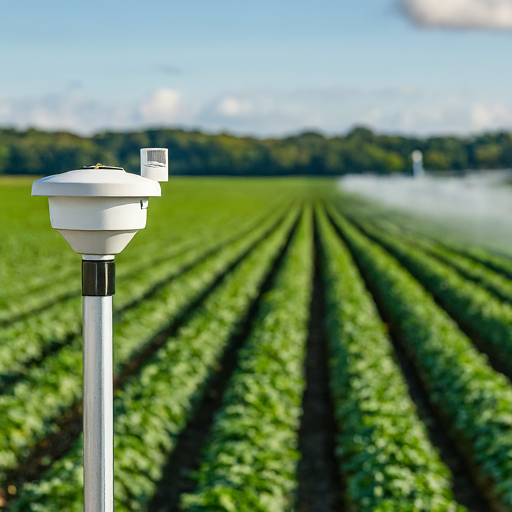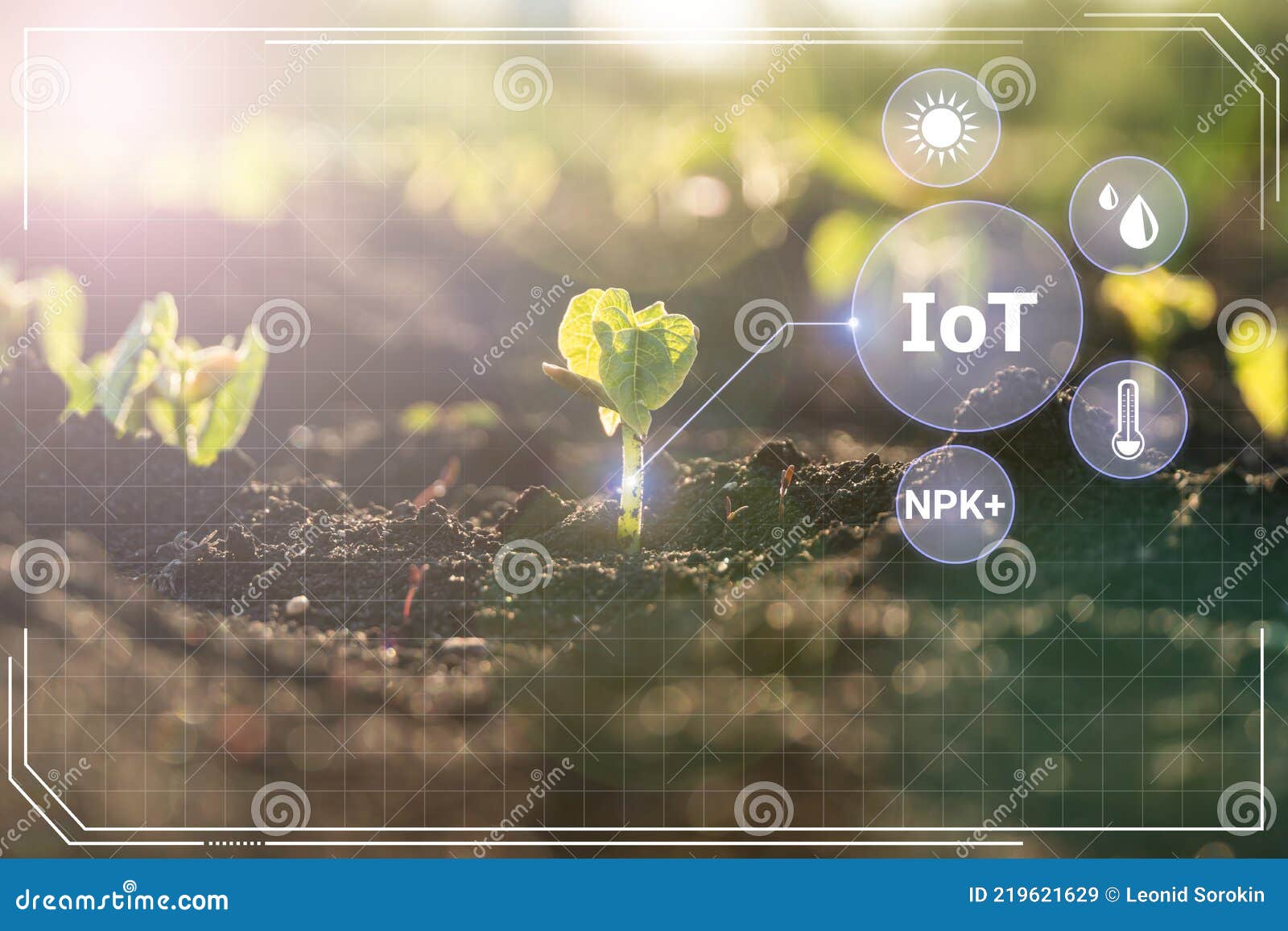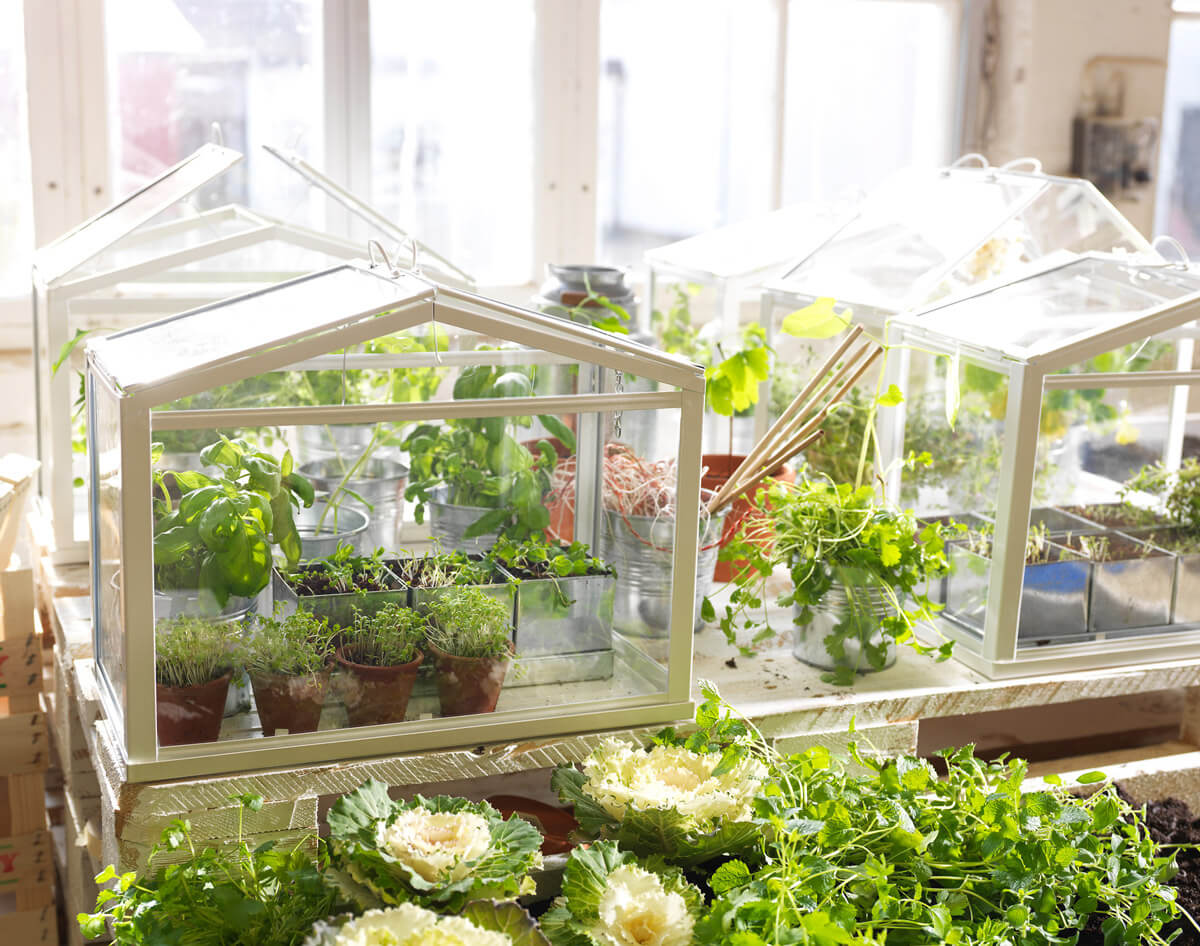Unlock Higher Yields: The Practical Guide to Agricultural Technology Plant Sensors

When I first stepped onto a farm as a young, eager but completely untrained helper, the world of agriculture was all instinct and gut feeling. We judged when to water by looking at the dirt or how the plants drooped in afternoon heat. Fast forward a few decades, and I’ve witnessed firsthand how those days of “farming by guesswork” faded into a new era—one shaped by agricultural plant sensors. If you’re just setting out on this journey from zero knowledge, I want to take you by the hand, sharing not just facts but stories, missteps, and insights gained through years of trial, error, and eventual success.

This is your complete beginner’s roadmap—from wondering what these sensors even are, to confidently using them as tools that bring precision and sustainability into your farming.
1. What Are Agricultural Plant Sensors? A Beginner’s Perspective
Imagine if your plants could talk—if they whispered their thirst levels or shouted warnings about nutrient stress before you ever saw symptoms with your naked eye. That’s exactly what plant sensors do. They’re like wearable health trackers for crops, quietly measuring real-time conditions such as soil moisture, nutrient availability, leaf health indicators like chlorophyll concentration, temperature fluctuations around the plant microclimate, even early signs of disease.
But beyond the tech jargon: these devices turn farming from a leap of faith into an informed science. Instead of running irrigation on fixed schedules or applying fertilizers “because that’s always how it’s done,” sensors feed you continuous data streams—sometimes several times per hour—letting you tailor resource use precisely where and when it’s needed.
Starting out? Think simple:
- Pick key crops you want to improve.
- Focus on one or two critical growth factors (water for thirsty veggies; nutrients for grains).
- Choose sensors matching those needs.
- Connect them to user-friendly apps or dashboards.
This stepwise approach helped me avoid overwhelming expense and data overload early on—more than once I jumped too fast into expensive drone systems before mastering soil moisture probes!
2. The Heart of It: Core Principles You Need To Know
Back in 2019 when I swapped my notebook for sensor-enabled charts for the first time, understanding why sensors matter made all the difference.
Sensors measure specific signals:
- Soil Moisture Probes gauge water available at roots by detecting electrical properties influenced by water content.
- Nutrient Sensors, often electrochemical probes in soil or leaves, tell you levels of nitrogen or phosphorus vital for growth.
- Spectral Sensors shine light at leaves and analyze reflections—healthy plants absorb light differently than stressed ones—offering clues invisible visually.
- Temperature & Humidity Sensors capture microclimatic conditions affecting transpiration rates and fungal risks.
Together these create a picture far richer than any single snapshot by eye.
Why does this matter? Because precision is everything: Rather than watering an entire field blindly after a dry spell (risking overwatering some zones), you can irrigate only where soil moisture dips below a critical threshold. Or spot signs of disease days before visible symptoms allowing targeted fungicide sprays—not blanket applications wasting money and harming beneficial insects.
Think about it like upgrading cooking from eyeballing ingredients to following exact recipes measured with digital scales—you get higher yields with less waste every time.
3. Starting Small: My Recommended Beginner Steps
No need to buy every sensor on the market right away—that was my biggest rookie mistake! Here’s what really worked:
Step 1 — Define Your Primary Challenge
Are uneven irrigation patterns causing wilting patches? Is fertilizer cost spiraling without clear benefit? Pinpointing one problem means your investment packs more punch initially.
When I started in vegetable fields prone to underwater stress spots caused by sandy soils drying unevenly, soil moisture probes became my go-to tool—not fancy spectral cameras yet.
Step 2 — Match Sensor Types To Crop & Climate Needs
| Crop Type | Focus Area | Sensor Examples |
|---|---|---|
| Vegetables | Soil moisture + nutrients | Decagon EC-5 probes; ion-selective electrodes |
| Cereal Crops | Leaf health & stress | Handheld chlorophyll meters; multispectral drones (for later stages) |
| Orchards | Microclimate monitoring | Thermo-hygrometers |
| Greenhouses | Environmental control | Integrated IoT climate systems |
Your local conditions matter deeply here—for instance humid tropics require different calibration than arid plains.
Step 3 — Thoughtful Installation
Don’t scatter sensors randomly hoping for magic numbers—they must represent true variability zones inside your fields:
Early on I’d place 10+ probes clustered near gate entrances but learned fast that mid-field dry pockets were being missed entirely until we mapped soil textures beforehand and repositioned devices accordingly.
Try pilot plots first then expand once readings start reflecting reality reliably.
Step 4 — Establish Data Flow

Before drowning in numbers ask: How will data reach me? Initially USB loggers plugged into laptops worked fine on small plots; later WiFi gateways paired with smartphone apps streamlined daily checks across several acres effortlessly.
Wireless protocols like LoRaWAN provide long-range coverage without expensive cables—a godsend if electricity access is spotty in remote farms I’ve supported internationally.
Step 5 — Interpret Data Pragmatically
Data is useless unless translated into decisions:
- Moisture below X → irrigate now
- Chlorophyll index dropping → test leaf nutrients
- Temperature spikes → open greenhouse vents
I rely heavily on platforms offering threshold-based alerts instead of staring at raw graphs endlessly—your brain will thank you!
4. Lessons Learned The Hard Way: Avoid These Common Pitfalls
One particularly hot summer season taught me why skipping calibration destroys trust:
After installing new soil moisture probes without following manufacturer calibration schedules rigorously—the readings were erratic leading me to overwater several hectares unnecessarily before realizing sensor drift was the culprit.
Other mistakes include:
-
Trying too much tech too soon: Overloading yourself with multiple sensor types can cause confusion and increased costs without corresponding benefits.
-
Ignoring environmental variation: Placing all sensors near accessible spots rather than representative microclimates leads to poor decision-making.
-
Not integrating data into farm management workflows: Collecting data but failing to act systematically nullifies investment impact.
Giving yourself grace through this learning curve pays off exponentially!
5. Taking It Further: Advanced Tactics For Growing Confidence
Once comfortable with basics after one growing season, I branched out into combining multiple sensor types:
Multi-Sensor Fusion
Pairing ground-level soil moisture probes with drone flights capturing multispectral images provided spatial maps showing exactly which subzones needed irrigation or foliar sprays—a game changer especially on uneven terrain vineyards I've advised since 2020.
AI-Powered Forecasting
Feeding months of sensor data into machine learning models made it possible to predict drought stress onset days ahead—not just respond after symptoms showed physically—buying precious lead time for intervention.
Automated Systems Integration
Linking soil moisture sensors directly with drip irrigation valves created closed-loop control systems reducing labor dramatically while ensuring no water was wasted—a development that transformed operations across greenhouse tomato producers I've mentored recently.
Seasonal Threshold Adjustments
Dynamic thresholds reflecting crop phenology rather than static values allowed smarter watering regimes adapting naturally as plants matured through vegetative stages—a subtle tweak yielding surprisingly large water savings under variable climatic conditions common globally today.
6. Tools That Made A Difference For Me And Others Like You
Here are some practical recommendations from trusted brands I've tested personally:
| Category | Tool/Resource | Why It's Valuable |
|---|---|---|
| Soil Moisture Sensors | Decagon Devices EC-5 | Affordable (~$120/unit); reliable results; easy DIY integration |
| Spectral Imaging | MicaSense RedEdge-MX | Drone-compatible multispectral camera; excellent resolution |
| Data Platforms | CropX Platform | Intuitive dashboards + localized analytic insights |
| Connectivity | LoRaWAN Gateways | Long-distance wireless communication ideal for large farms |
| Learning Resources | FAO Precision Agriculture Guides | Comprehensive free guides explaining global best practices |
For beginners hesitant about upfront costs—I recommend starting with Decagon EC-5 probes paired with smartphone app logging before investing in aerial imagery or full automation setups.
7. Stories From The Field That Inspire Confidence
A few good stories are worth their weight in gold when breaking new ground:
Vineyard Water Savings In California (2018–2020)
Faced with steep hills causing patchy moisture retention combined with increasingly tight water regulations—the vineyard manager adopted soil moisture probes plus drone mapping guided irrigation scheduling reducing water use by ~30% while maintaining grape quality metrics unchanged over two harvests.
Early Fungus Detection In Vietnam Rice Paddies (2021)
Smallholder farmers struggled combating rice blast disease appearing suddenly during rainy seasons leading to massive losses annually—integration of handheld spectral meters detecting changes days earlier allowed fungicides applied timely limiting outbreaks drastically prompting scaling government support programs promoting affordable tech adoption among rural growers.

8. Troubleshooting Tips From Experience
Technology always throws curveballs so here are some fixes tried-and-tested:
-
Drifting Sensor Readings: Regularly clean probe surfaces removing silt buildup especially during rainy seasons.
-
Data Dropouts Wireless: Optimize antenna placement avoiding metal obstructions; keep firmware updated regularly.
-
Conflicting Sensor Results: Cross-check suspicious readings manually using handheld meters or manual sampling; recalibrate if discrepancies persist.
-
Power Issues Off Grid: Use solar panels coupled with rechargeable batteries ensuring continuous operation even when sun hides behind clouds intermittently.
9. Your Personalized Action Plan For Getting Started Today
I’ve seen beginners get stuck at analysis paralysis stage many times so here’s my simple stepwise blueprint encouraging action:
-
Identify your biggest pain point on-farm related to crop health/resource inefficiency
-
Select a manageable pilot plot representing typical field variability
-
Choose sensor(s) aligned specifically toward addressing that problem
-
Purchase quality equipment—even spending $200–300 upfront per probe saves thousands lost via guesswork later
-
Install thoughtfully covering diverse zones within pilot area
-
Establish data connection framework suited to scale (simple USB logger okay initially)
-
Calibrate diligently upon installation and throughout season
-
Learn dashboard interface prioritizing actionable triggers rather than drowning in raw data
-
Train family members/staff empowering collective monitoring capacity
-
Maintain regularly cleaning/checking units avoiding downtime
-
Review seasonal outcomes adjusting thresholds/growing area coverage progressively
-
Explore advanced features once confident building AI-informed forecasting or automated irrigation integrations gradually
10. Embracing The Journey Ahead With Openness And Patience
The transformation from complete beginner unsure whether “plant sensor” meant some exotic gadget beyond reach—to someone who confidently integrates multiple technologies across growing seasons did not happen overnight—but every small win built momentum fueling curiosity further.
Agricultural technology evolves rapidly yet its essence remains rooted in timeless principles: observation refined through measurement leading to wiser action.
Keep nourishing your curiosity actively subscribing industry webinars or peer forums—I still learn new tricks connecting farmers worldwide sharing lessons unearthed firsthand!
Most importantly remember this isn’t about replacing farmer wisdom but enriching it digitally so uncertainty fades leaving space for confident stewardship nurturing earth sustainably today—and well into tomorrow.
Thank you deeply for letting me accompany you through this foundational exploration—I hope these words feel more like sitting beside an old mentor sharing stories over coffee than reading distant theory!
Whenever questions arise return knowing each challenge encountered is part of crafting mastery that makes farming smarter—and more rewarding—from zero toward genuine confidence every step along the way!



